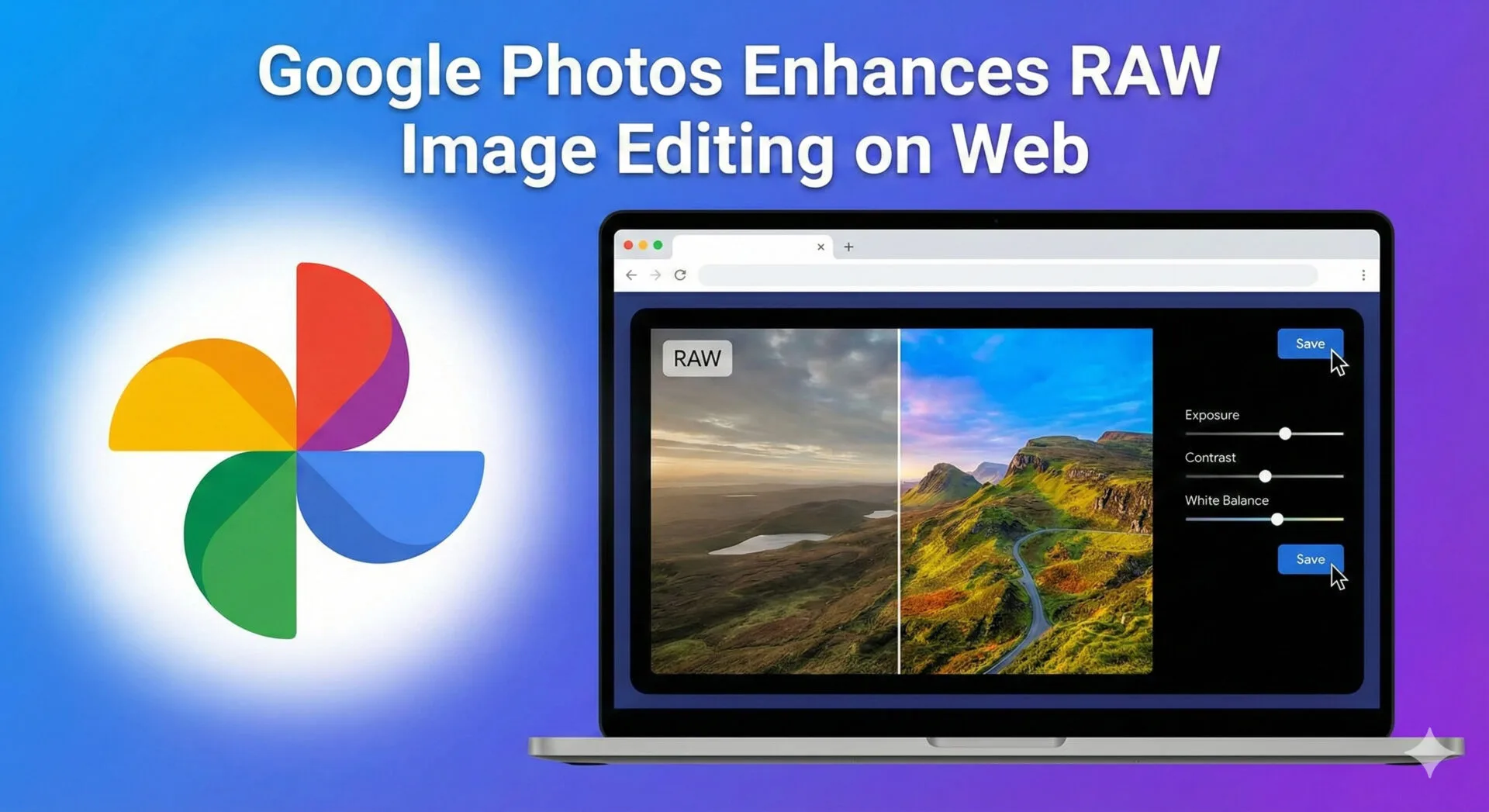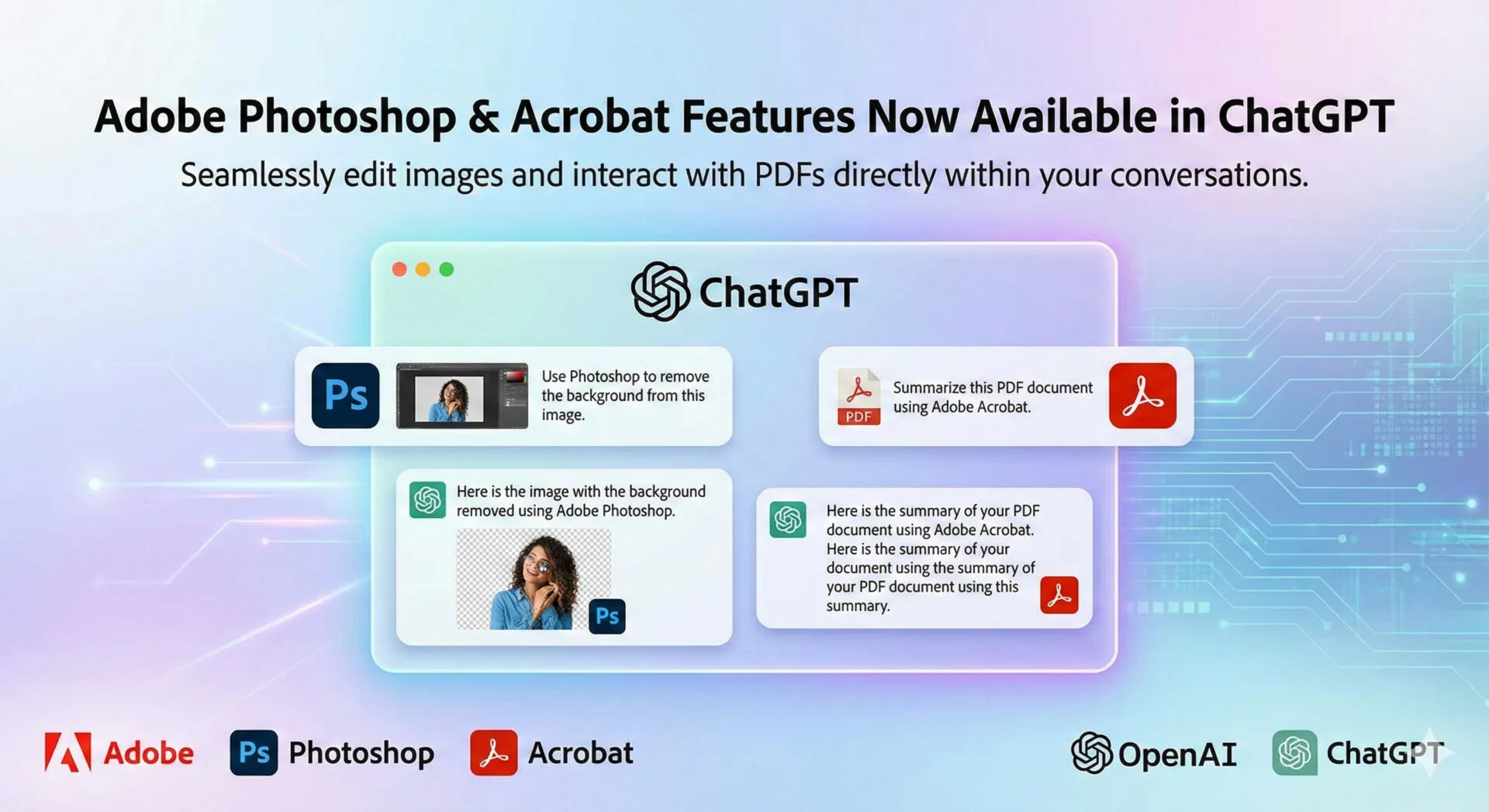Businesses that deal with supply chain operations generate huge amounts of data every day. When supply chain managers depend on basic spreadsheets and reports, they hit roadblocks in their decision-making process. Raw information residing in supply chain systems and applications hides crucial patterns that could boost operational efficiency and save costs.
The problem gets worse across departments. The purchasing team uses one system while the logistics team relies on another. Warehouse administrators monitor supply chain processes on another platform. This separation creates disconnected insights, preventing supply chain managers from visualizing the whole picture of supply chain performance, resulting in missed opportunities and inefficiencies. The solution? Data visualization! By turning complex supply chain numbers into visual formats, teams spot relationships that stay hidden in spreadsheets.
What Is Supply Chain Visualization and Why Businesses Need Consulting Support
Supply chain visualization turns complex processes and data into clear visual formats that anyone can understand. Instead of forcing managers to decode endless spreadsheets, visualization presents information through interactive dashboards, dynamic maps, and flowcharts. Consider it translating the supply chain’s complex data into readable information that everyone, from warehouse staff to executives, can understand and act on.
The benefits go far beyond making your reports look nice. Supply chain visualization dramatically speeds up decision-making. When managers see critical insights at a glance, they respond faster to problems and opportunities. The supply chain team no longer wastes time mentally processing hundreds of data points when a well-designed visual does that work for them.
However, building effective supply chain visualizations isn’t something supply chain managers can tackle as a side project. A specialized skillset is essential to develop and launch valuable visualizations. Hence, partnering with a recognized data visualization company is advisable for enterprises.
The specialists from a data visualization company combine technical expertise with supply chain knowledge to build solutions that address specific challenges. They know how to:
- Select the appropriate visualization types for distinct supply chain processes
- Create intuitive interfaces that team members can use without extensive training
- Build interactive features that allow users to dig deeper into the data
- Integrate diverse data sources into central visual dashboards
- Design mobile-friendly dashboards for managers who make decisions on the go
Data visualization consulting services providers offer more than technical implementation support. These partners provide strategic guidance on how visualizations can support your business goals. Leading firms take time to understand the pain points before designing visualization solutions. This partnership approach ensures supply chain managers acquire valuable insights, not just primary graphics.
Types of Supply Chain Visualizations That Drive Business Value
Supply chain visualization experts build several specialized tools that turn complex data into actionable insights. Each visualization type serves a specific purpose in making supply chain information understandable and useful for different teams.
- Visual Boards – Experts from a data visualization consulting firm create advanced visualization dashboards that consolidate real-time data and key performance indicators in a single interface. These centralized dashboards offer managers immediate access to key metrics like order fulfillment rates and inventory levels across diverse locations. Instead of switching between systems, decision-makers see everything they need on one screen.
- Flow Maps – Flow maps fragment supply chain steps into multiple steps, displaying exactly how materials move through stages like production, storage, and issuance to customers. These visual tools make it simple to spot bottlenecks or unnecessary steps in your operations. Supply chain teams use these maps to document current processes or design more efficient ones that reduce delays and cut costs.
- Networking Diagrams – To visualize and understand the relationship between suppliers, manufacturers, and distributors, network diagram development is advisable. Experts from a data visualization company create these diagrams to help businesses understand dependencies across their supply network. When you can see how changes in one part affect the entire system, you make better decisions about risk management and contingency planning.
- Heat Maps – These maps use color coding to display data intensity across the supply chain network. These powerful visuals highlight areas with high demand, excessive costs, or heavy resource usage. By seeing these patterns at a glance, supply chain managers allocate resources more effectively and target high-cost areas for optimization.
- Geographic Maps – These maps help supply chain leaders visualize the physical locations of suppliers, warehouses, and distribution centers. Data visualization firms develop these maps to optimize transportation routes and identify potential delay zones. When shipping delays threaten on-time delivery, these maps help logistics teams find alternative routes quickly.
Other specialized tools include Sankey diagrams that show proportional resource flows through different supply chain stages, sequence diagrams that illustrate communications between departments, and Gantt charts for scheduling and tracking activities over time.
Supply Chain Processes Modernized Through Data Visualization
Data visualization consulting professionals transform complex supply chain processes into visual solutions that improve data efficiency and insights value. These specialists work across multiple operational areas to develop solutions for certain business challenges.
- Inventory Management
Data visualization firms build dynamic inventory dashboards showing stock levels across multiple locations simultaneously. These dashboards use color coding to flag overstocked or understocked items, helping managers quickly decide how to balance inventory. Interactive filters for product category, location, or time period offer unprecedented control over inventory visibility. The best data visualization firms design these systems to connect with existing warehouse software, creating seamless links between data sources and visual displays.
- Performance Monitoring and Reporting
Monitoring performance requires clear visualization of key metrics throughout the supply chain. Data analytics and visualization services providers develop custom dashboards displaying on-time delivery rates, order accuracy, and supplier performance side-by-side. These visual tools replace traditional text reports with interactive displays that update in real-time, letting managers spot trends as they emerge. This visual approach turns routine performance reviews into strategic planning sessions where teams quickly identify improvement opportunities.
- Risk Management
Supply chain risks become easier to manage when properly visualized. Data visualization companies create risk heat maps highlighting vulnerable areas within the supply network. Teams use these visual tools to identify single points of failure, supplier concentration risks, and potential disruption zones. Custom visualizations can also track weather patterns or transportation bottlenecks that might affect specific supply routes.
- Scenario Planning and Simulation
Advanced visualization tools enable supply chain teams to model future scenarios visually. Data visualization companies design interactive simulations showing how changes in demand, sourcing, or transportation might affect the entire supply network. These visual planning tools help organizations prepare for market shifts, evaluate new strategies, or respond to disruptions before they happen.
Sectors That Benefit from Supply Chain Visualizations
Nearly every industry with complex supply networks benefits from professional data analytics and visualization services.
- Manufacturing – By leveraging supply chain visualizations, manufacturing businesses can gain visibility into production bottlenecks and optimize operations with ease
- Retail & Pharmaceutical – Retail and pharmaceutical organizations can optimize inventory across distribution centers and easily track temperature-sensitive shipments
- Food Producers – Visualization dashboards enable producers to monitor the freshness and reliability of food products throughout the supply chain.
In each case, data visualization companies tailor their solutions to industry-specific requirements and compliance needs.
Final Words
Supply chain visualization demonstrates a fundamental shift in how enterprises manage and optimize their supply operations. Data visualization consulting services providers turn overwhelming spreadsheets into intuitive visual formats that bridge departmental silos and enable comprehensive understanding. Professional data visualization services offer far more than attractive graphics.
These specialized partners combine technical expertise with deep supply chain knowledge to create customized solutions addressing specific business challenges. Their work transforms disconnected data points into cohesive visual stories that everyone from warehouse managers to supply chain leaders can understand and act upon.







Leave a Reply